Talk of mold polluting the halls of Hayfield occurred in the same fashion that the mold itself seemingly appeared: out of thin air. Never mind the fact that the blackened ceilings and fuzzy desks were a product of days of untouched dust combined with overwhelming humidity. While some efforts were already being made towards cleaning various leaks from Hayfield’s robotics lab and the band room, Aug. 13 marks the day that the community was made aware of the germination and serves as the catalyst for change that followed.
“I think for the facilities team, we weren’t really aware of any surface level mold that was present in the building,” Erik Gordon, Chief of Facilities and Capital Programs, said. “We were kind of crashing on cleanup efforts in the robotics lab and in the musical area when, ‘Hey, we’ve got mold’ and, you know, on surface level mold kind of throughout the building.”
The summer months towards the end of the school year fostered mold development by allowing large quantities of moist air to enter the school through the HVAC systems, and, when shut off abruptly, led to even more condensation build-up. As for the music hall and robotics classroom at Hayfield, leaks from pipes can be attributed as the main source of contamination.
“The music department first flooded on July 17 and again a few days later when a bathroom in the hallway overflowed due to significant rains. The rooms had a horrible stench and started making staff and students participating in band camp sick almost immediately,” orchestra teacher Kerri Shelfo said.
As for the robotics lab, the mold halted the extracurricular robotics club until administrators told school staff otherwise.
For STEM design teacher Nicholas Shabrack, the mold wasn’t just a health issue, it was a battle he faced daily in his classroom. When his classes were pushed from the library to the lecture hall, classroom instruction had to compete with roaring machines.
“We had to deal with those air scrubbers and the dehumidifier in that lecture hall,” Shabrack said. “Sometimes, the power went because they had those three machines going, and I had to, you know, I turned the projector, and, all of a sudden, power goes.”
Whilst learning environments took a clear hit, parents and teachers alike grew frustrated on the lack of communication between the school and higher administration.
“The mold problem is the proverbial cherry on top of the ice cream sundae of problems HSS has been dealing with for the better part of the last two years,” Judy Conti, a parent of a senior, said.
The mold began to be a symbol representing a newfound confidence in the Hayfield community, one that prompts the reclamation “we can do better”. Frustrated by inaction, faculty members and parents alike utilized technology to communicate the mold’s impact and encourage progress.
“FCPS facilities had a slow response to complaints of mold initially, so the parent coalition, along with faculty members and the teacher’s union, pushed hundreds of emails demanding complete mold remediation, not just surface cleaning, and enlisted the media to draw attention to the cause,” Shelfo said.
On top of local news sources covering Hayfield, staff involved with the union began to drum up support for action against the mold by handing out stickers featuring the phrase, “Got mold? Hayfield does!”.
Eventually, after Superintendent Reid visited Hayfield to evaluate the extent of the mold, talk turned into action with the replacement of carpet floors to tile, cork boards in classrooms to bare walls, and stained ceiling tiles to white. Cleaning teams began working before, during, and after school hours, clearing an upwards of 350 HVAC systems and furniture all with a 10-to-1 water-bleach solution.
“This effort has been a number one priority for our facility maintenance team,” Gordon said. “We believe the mold has been cleared for some time. There’s always a possibility for something to be there, but we feel confident that we’ve, you know, it’s been cleaned.”
Hayfield had its third cycle of routine cleanings on Oct 13, but, with the results of the mold testing pending, they may potentially close sanitation operations as soon as Oct. 17. Now, the upkeep of the cleaning and maintenance revolves around preventative measures.
“We’ve hired an outside vendor, a third-party vendor, to come in to help us,” Gordon said. “They’re conducting an analysis of our remediation efforts, and they’re also looking at our systems, our HVAC systems. They’re on contract now to look at how we are operating this system to give us kind of a third-party, unbiased opinion with a recommendation of what we need to do, to change things to go forward.”
With efforts coalescing between active parents, staff, and FCPS facilities, the common goal of making Hayfield a clean and safe environment became reality. None of which could have been made possible without those working tirelessly to combat the mold and the strong voices that fought to change the school’s culture and condition in the first place.
“This is YOUR school and you have a right to make sure it’s a safe place to spend your days,” Conti said.






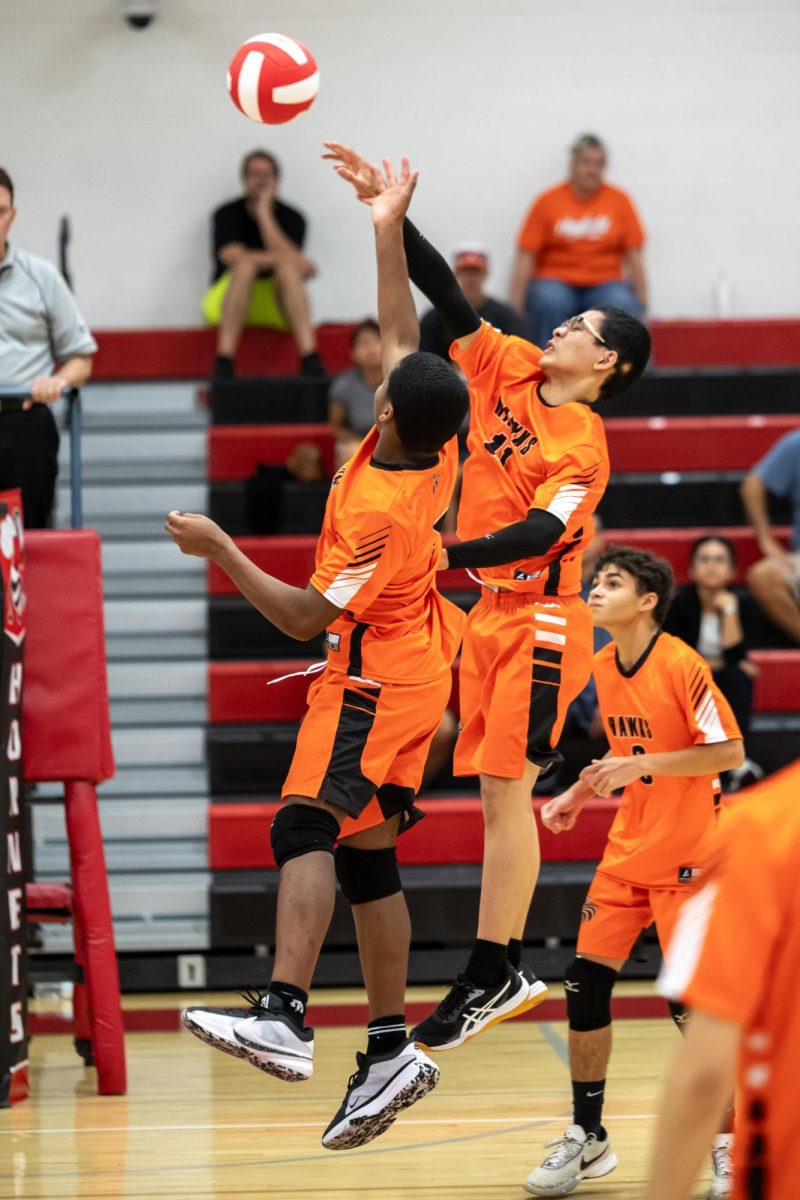

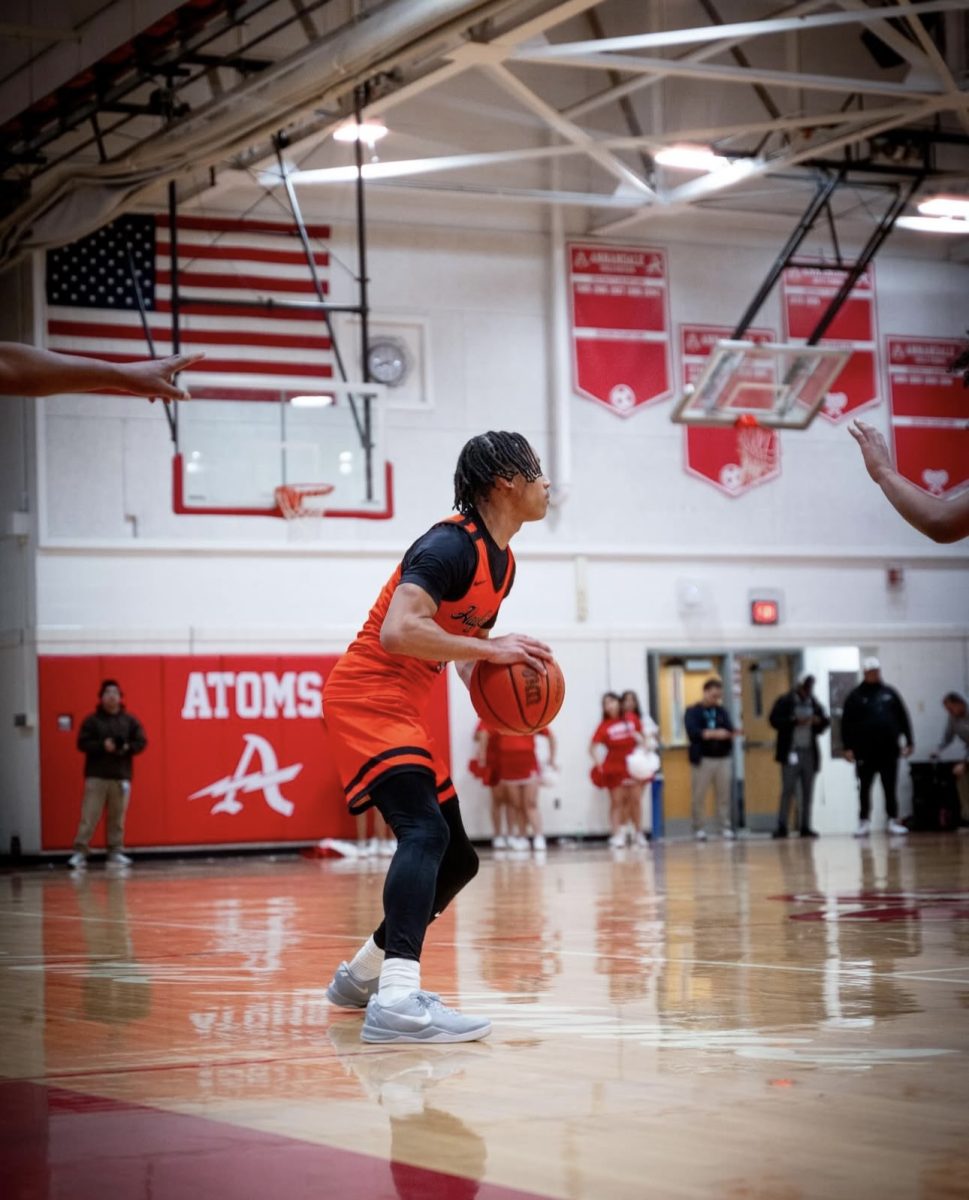


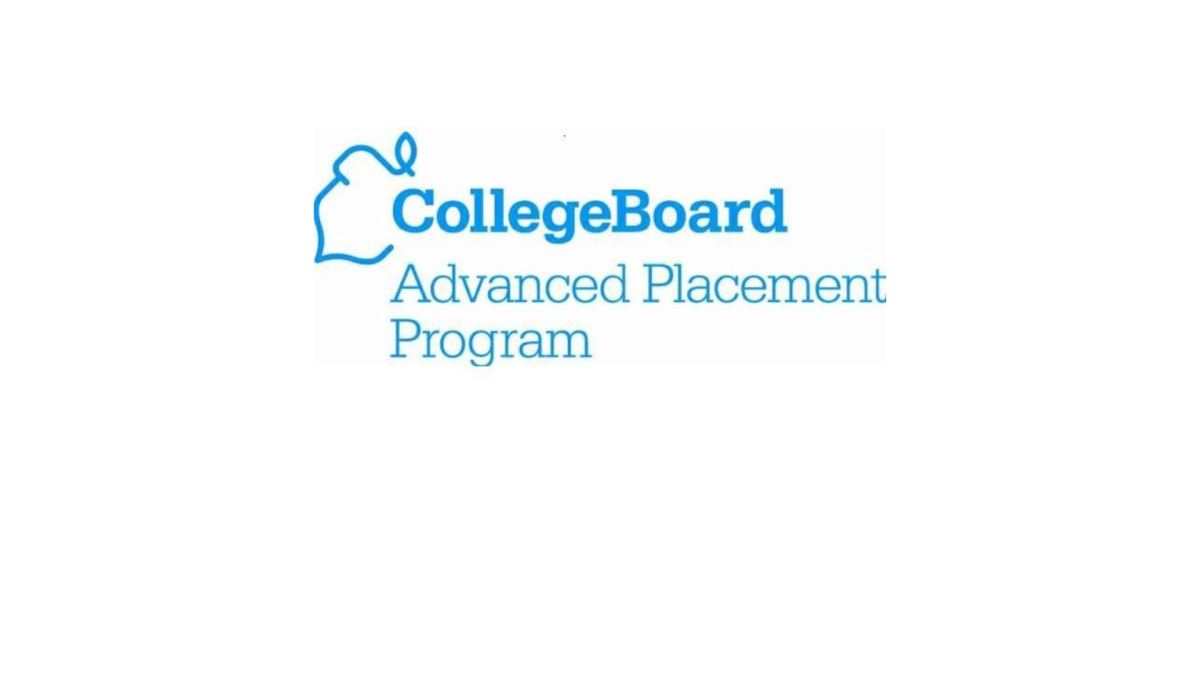






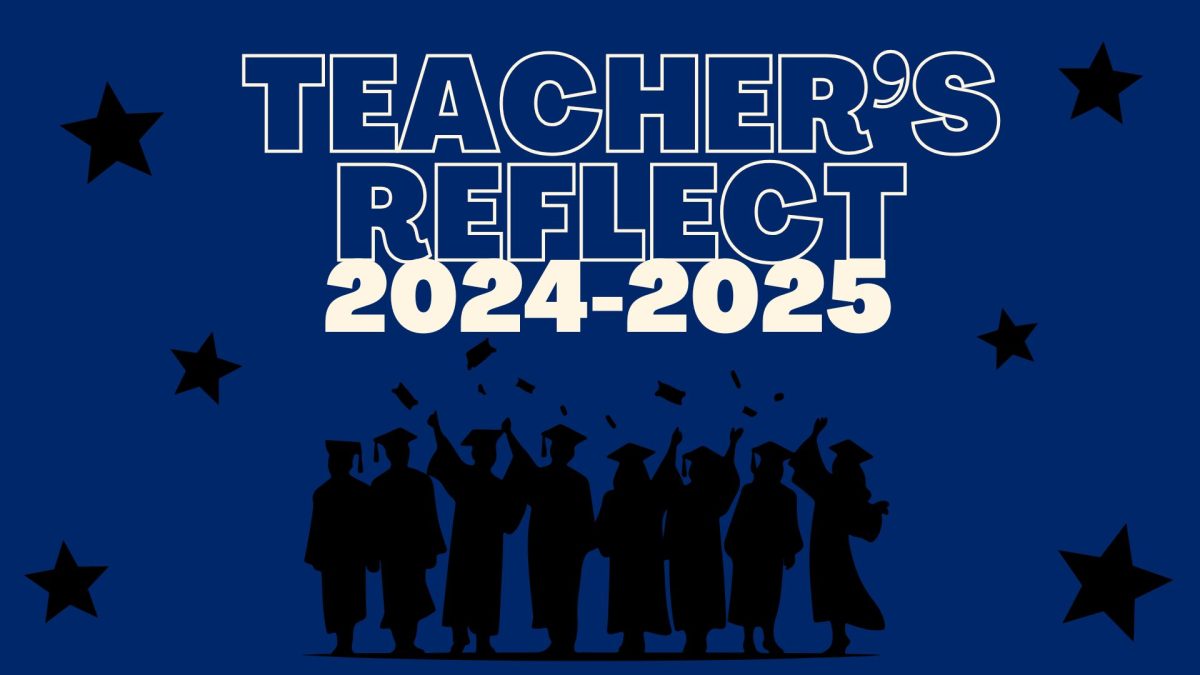







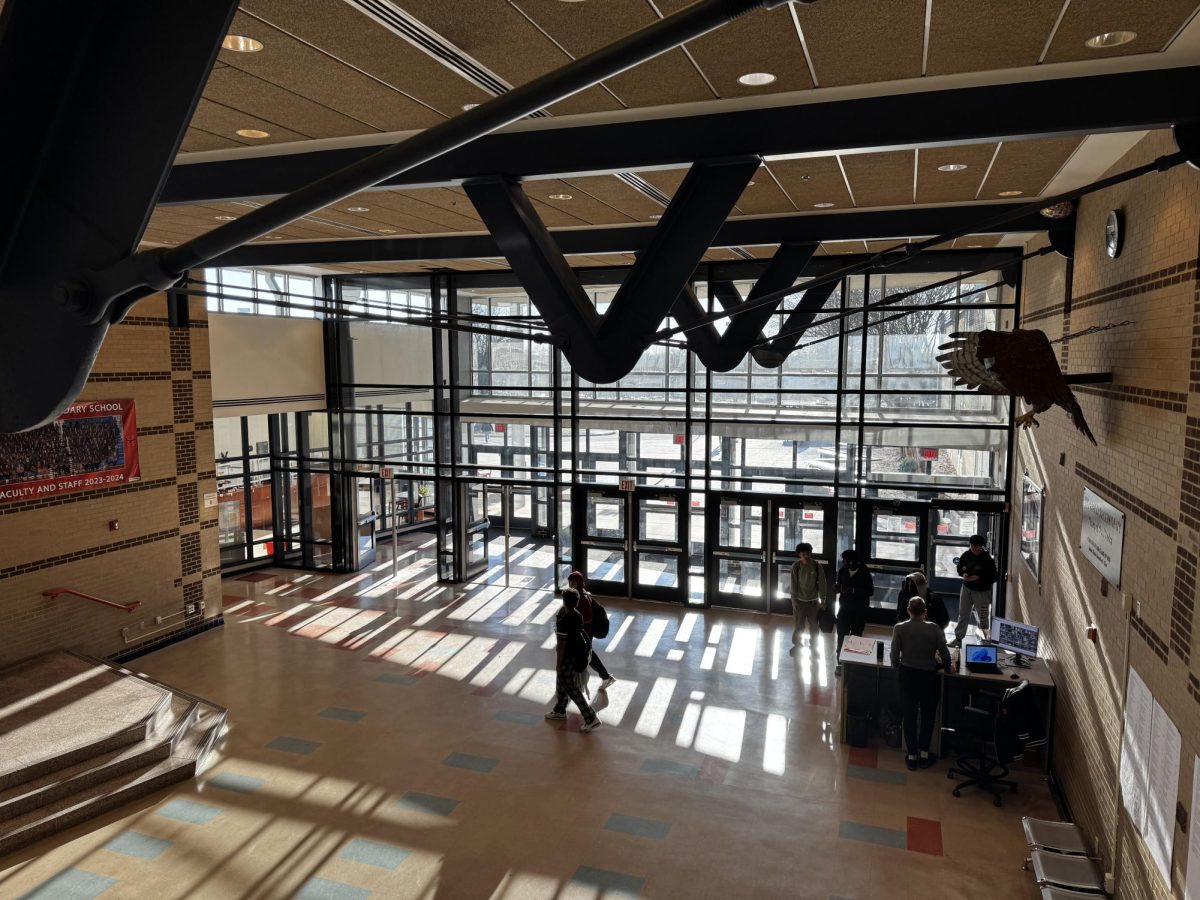




aryan • Oct 14, 2025 at 11:37 am
!!!!